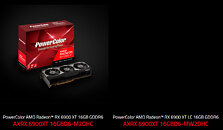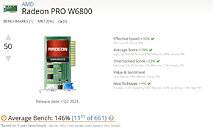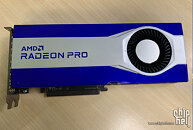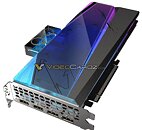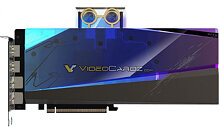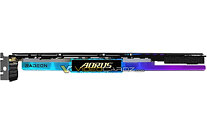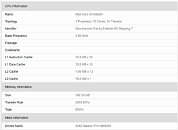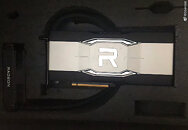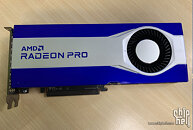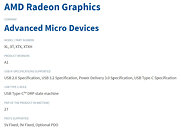
AMD Retreating from Enthusiast Graphics Segment with RDNA4?
AMD is rumored to be withdrawing from the enthusiast graphics segment with its next RDNA4 graphics architecture. This means there won't be a successor to its "Navi 31" silicon that competes at the high-end with NVIDIA; but rather one that competes in the performance segment and below. It's possible AMD isn't able to justify the cost of developing high-end GPUs to push enough volumes over the product lifecycle. The company's "Navi 21" GPU benefited from the crypto-currency mining swell, but just like with NVIDIA, the company isn't able to push enough GPUs at the high-end.
With RDNA4, the company will focus on specific segments of the market that sell the most, which would be the x700-series and below. This generation will be essentially similar to the RX 5000 series powered by RDNA1, which did enough to stir things up in NVIDIA's lineup, and trigger the introduction of the RTX 20 SUPER series. The next generation could see RDNA4 square off against NVIDIA's next-generation, and hopefully, Intel's Arc "Battlemage" family.
With RDNA4, the company will focus on specific segments of the market that sell the most, which would be the x700-series and below. This generation will be essentially similar to the RX 5000 series powered by RDNA1, which did enough to stir things up in NVIDIA's lineup, and trigger the introduction of the RTX 20 SUPER series. The next generation could see RDNA4 square off against NVIDIA's next-generation, and hopefully, Intel's Arc "Battlemage" family.




















